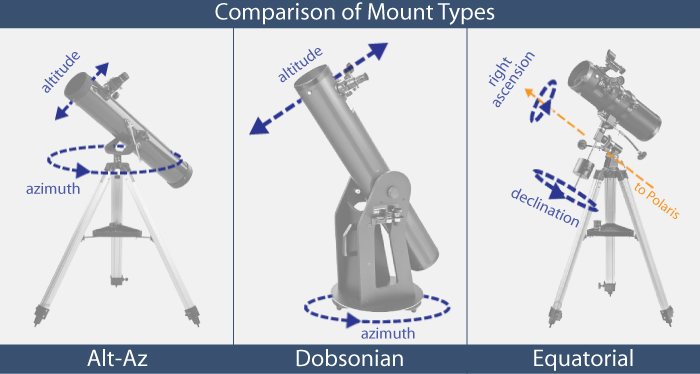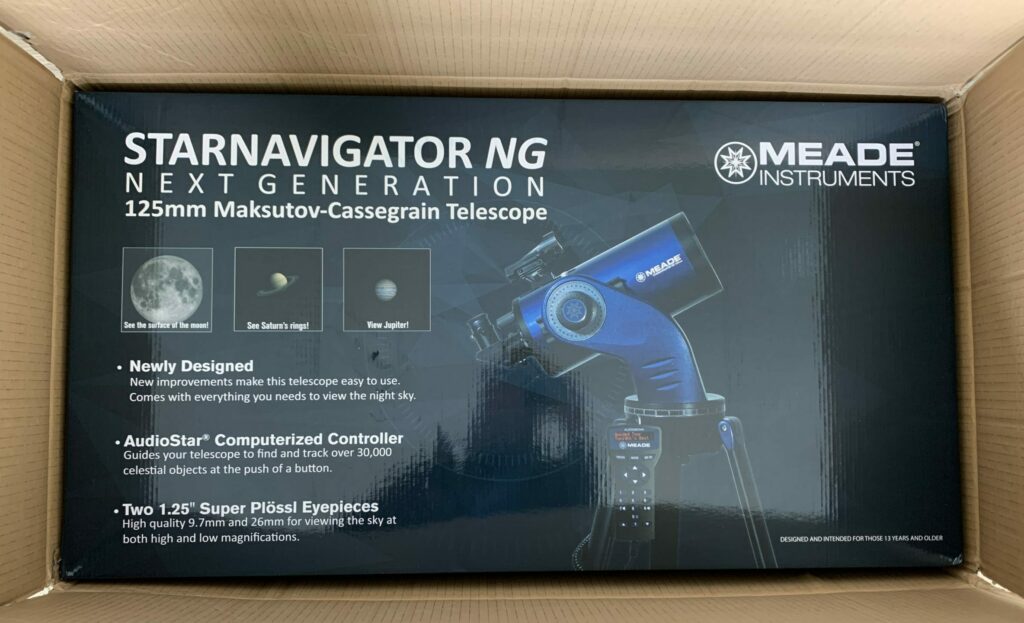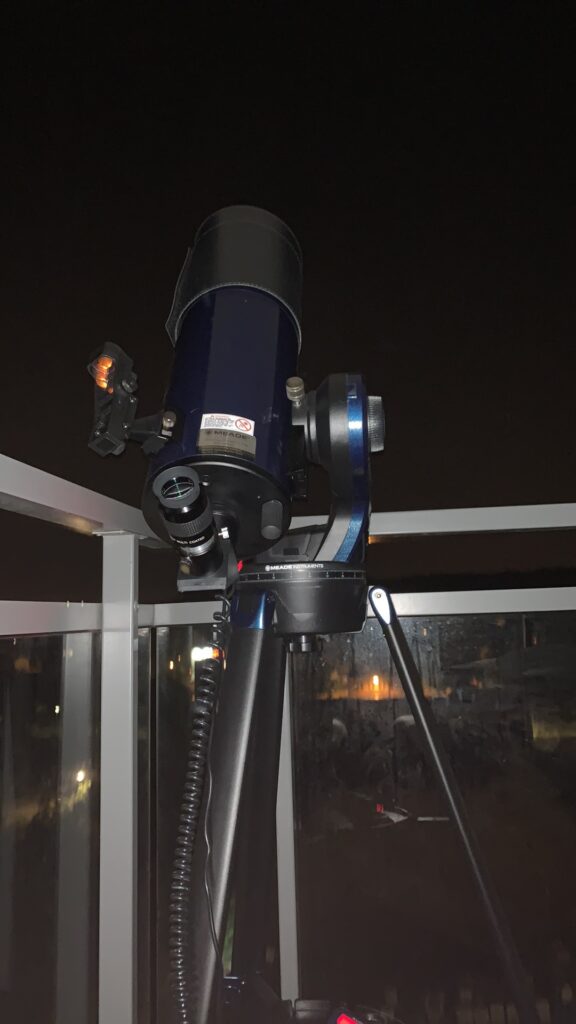COVID19 was a reason for a lot of people to get seriously interested in stargazing. A lot of telescopes are currently out of stock all over the world due to shipping and production issues. As with everything, mostly Made in China applies. There are a few considerations when choosing a telescope. Below I well go through a few of them.
Before you buy a lot of research needs to be done what scope is right for you. The answer when you ask this question on various online forums probably is “get a Dob”. (We will get to it later what exactly a “dob” is, it’s not the dog kind). However that might not be the right answer for you, for me it wasn’t anyway.
Telescope designs
In general there are two parts to your decision; The optical assembly (aka “the tube”) and the mount (the thing you attach the tube to).
For the optical part there are three main designs to choose from:
- Refractor
- Newtonian reflector (Invented by Sir Isaac Newton in 1668)
- Maksutov (here we include all variations of the design; SCT et al)

All three types have their own advantages and disadvantages.
Refractors are low-cost, don’t require much maintenance but their images suffer from Chromatic aberration depending on the focal length.
Reflectors have the lowest cost per inch and can be used with a dob mount. But they require collimation (aligning the two mirrors) before every use which can be a bit fiddly.
Maksutovs are very compact and have very sharp high power optics. This makes them ideal for planetary observations. However because of the high power, the field of view is very narrow making them less suited for deep sky observations (it is a bit like looking through a straw), also the cost-per-inch is high.
Mounts
After deciding what kind of telescope you want, you need to decide on the mount. Again three main types are available.

All telescopes pictured above are Newtonian Reflector types.
For beginners usually, the Dobsonian (Dob 🙂 ) is recommended as it is very sturdy , stable and easy to use. Put it down, point it somewhere and done. Downside is they can be a handful to move around (usually in two pieces). Don’t even think about it if you have a bad back!!!!
The equatorial mount is slightly more advanced, if you want to do any serious deep space photography it is a must have. This mount needs to be aligned to the celestial north (Aim it towards Polaris) in order to work properly. The advantage is once aligned and equipped with a tracking system it can accurately track and keep still your target throughout the night so you don’t have star trails in your pictures.
Last is the tripod Alt-Az (Altitude-Azimuth). Fairly similar to the way the Dob works, point and look. This one is easier (and cheaper) to equip with automatic tracking due to design.
My personal considerations
So what did I buy? A Maksutov on an Alt-Az tracking mount.
Why?
Main reason was location, location, location. I do all of my observing from my balcony which has limited room to maneuver. This ruled out the Dobsonian mounting as it would severely restrict what I could see. (Aiming the tube between the balcony railing and the top floor.) There are also issues with the location of the eyepiece on the Newtonian Reflector which is located at the top of the tube. This would mean for some observations I would have to hang over the side of the railing!
Being in the city center light pollution is a big factor, my observing is mainly restricted to the planets and the brighter deep space objects. Combine this with the eyepiece of the Maksutov being on the back using its high power to gaze through the sky it seemed like a sensible choice. Also, it features a GoTo system. The usual way of finding a deepsky object you cannot see directly is using a technique called “star hopping” from bright stars that you can see to your target. But city in light pollution often you have no stars to hop. The GoTo system will point you in the right direction here.
This was a VERY brief summary of possible options and considerations, I really recommend https://www.bookdepository.com/The-Backyard-Astronomer-s-Guide/9781554073443 to get more info before making your own purchase.


Imaging
Although a Maksutov is considered a “slow” telescope and not that great for imaging (needs a long exposure time) for planets this isn’t a big problem. You can see some of my imaging results here: https://flyerone.space/photographing-jupiter-a-journey/
So far I have not tried any deep space work, but I am not holding my breath due to the f/15 focal ratio and altAZ mount. For imaging there are better solutions.